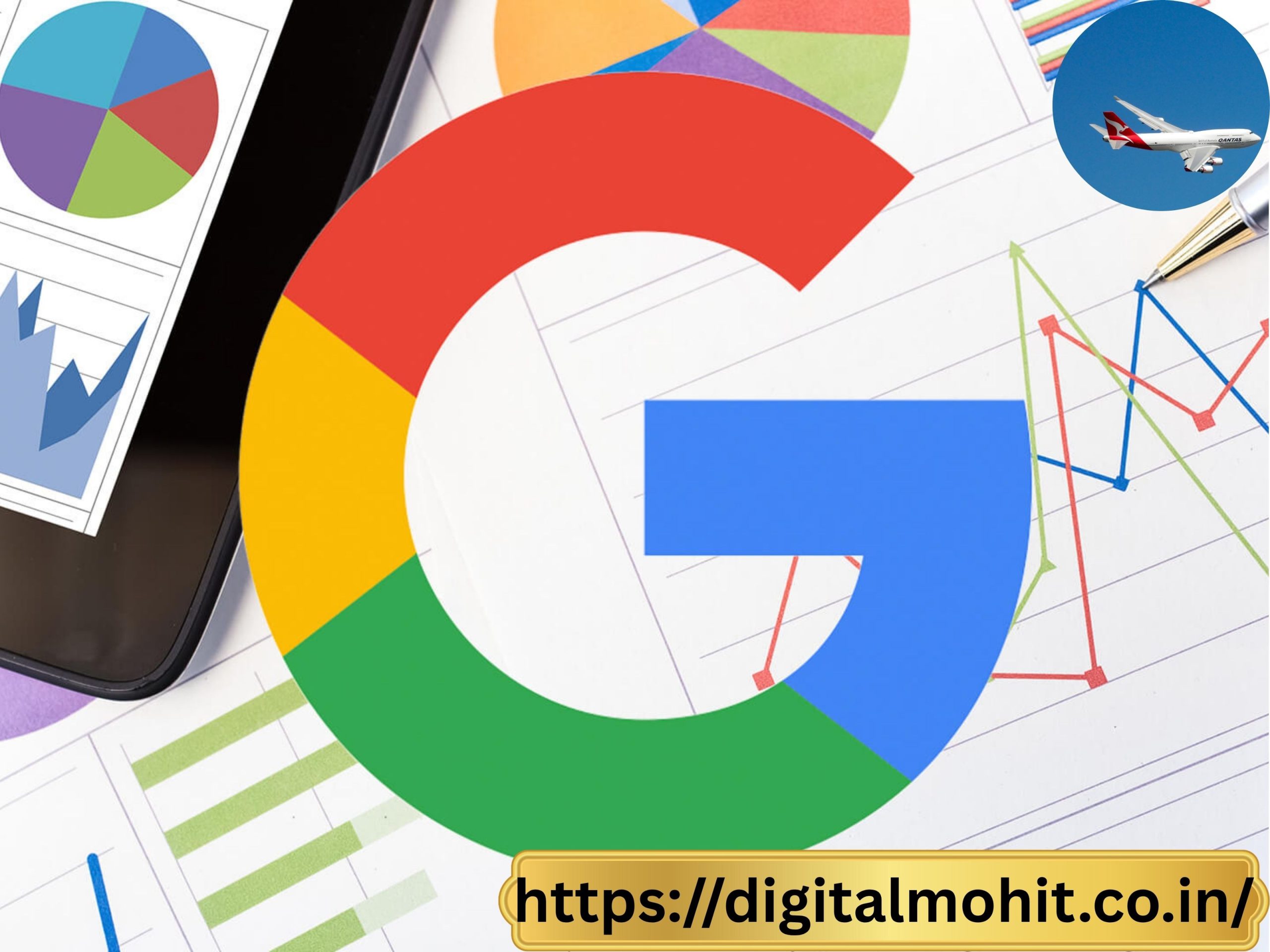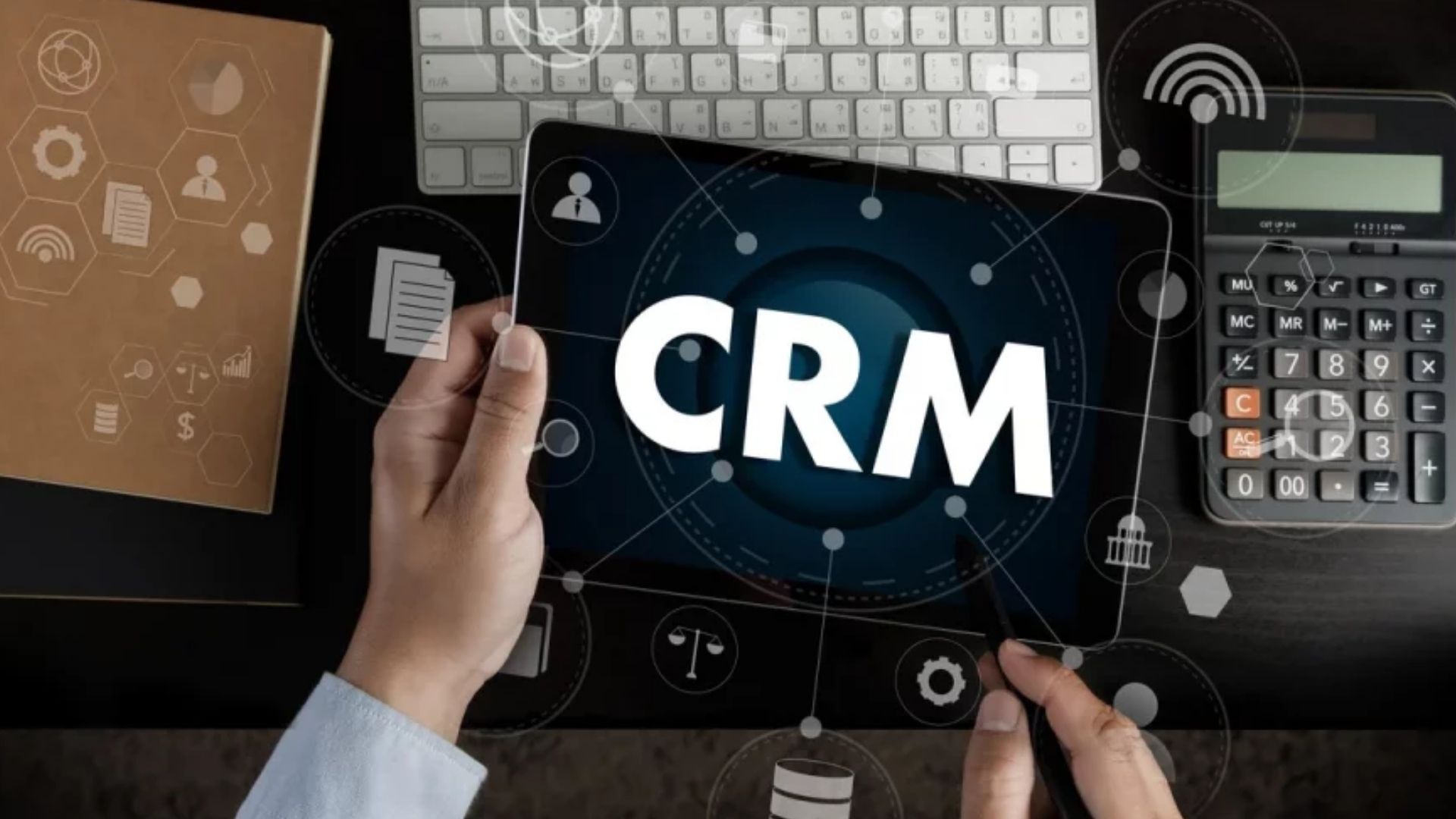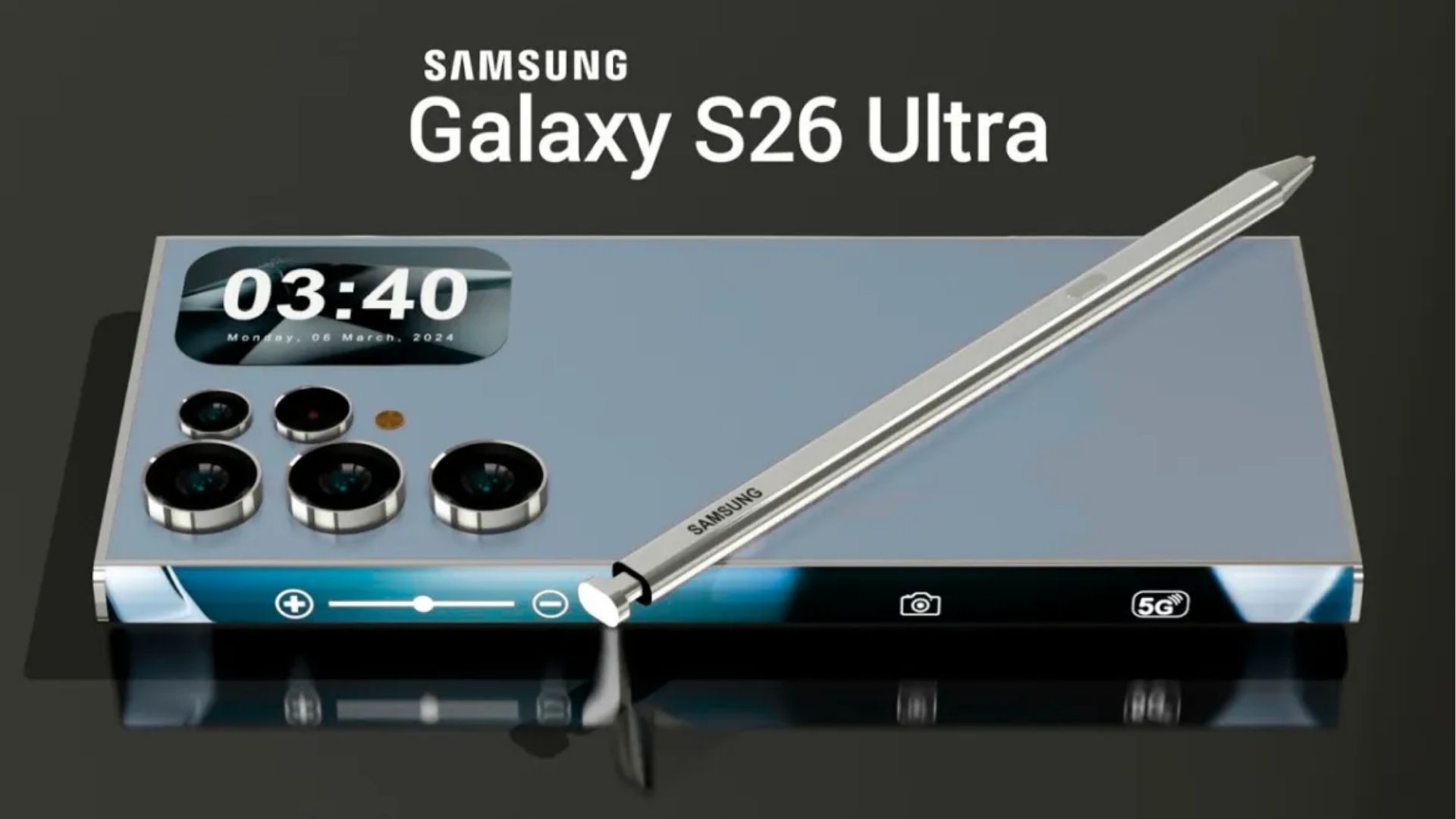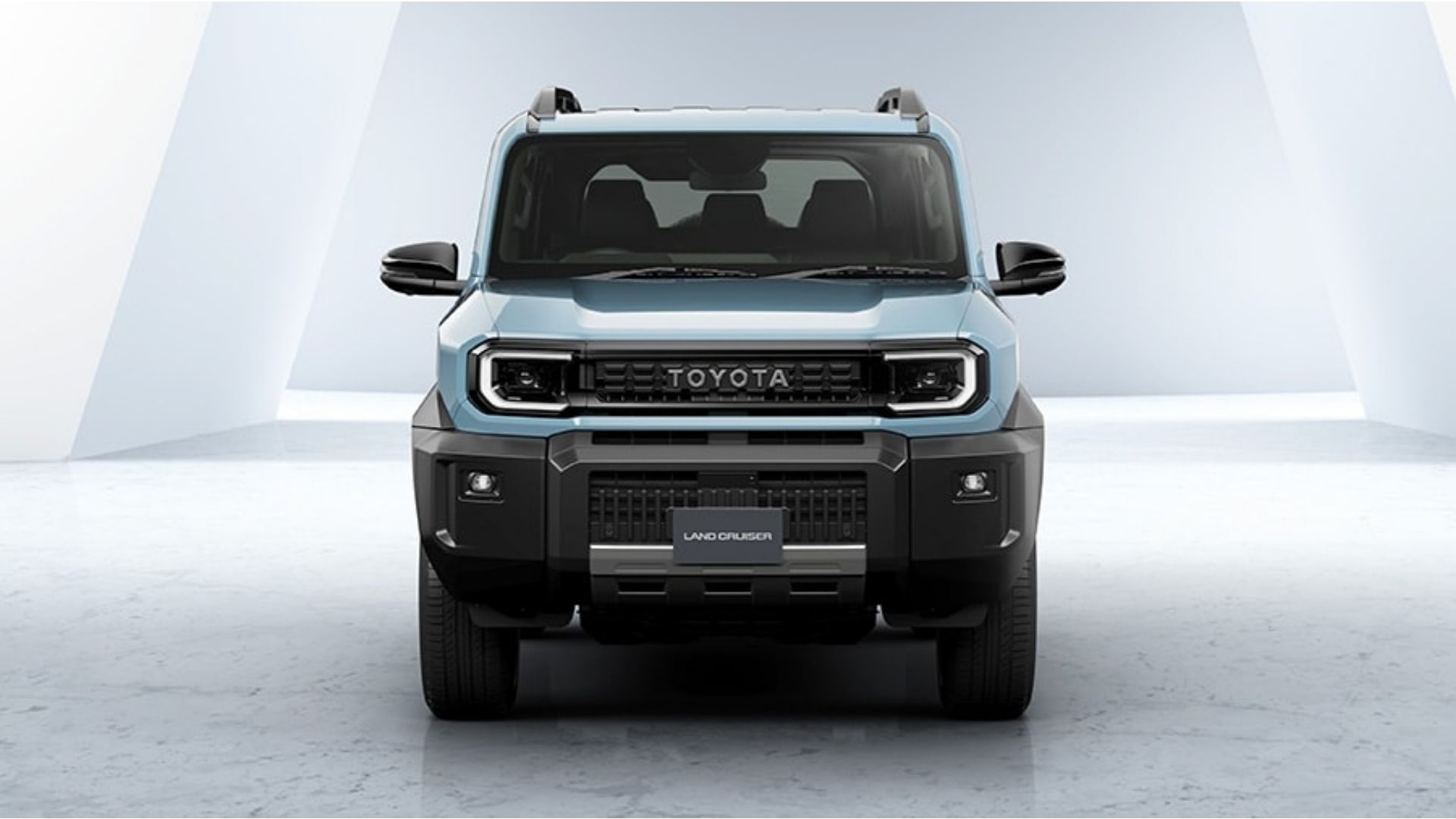In today’s digital marketplace, brands aren’t just selling products — they’re selling moments, meaning, and convenience. And behind the scenes, there’s a growing race among tech giants to power this evolving retail landscape. On that front, Google just raised the bar.
With its latest expansion of the Commerce Media Suite, Google is opening powerful new doors for brands, retailers, and media partners. But beyond the tech jargon, what does this actually mean for the humans behind the brands — the marketers, the product managers, the local store owners — and most importantly, for us as consumers?
Let’s break it down — not as a product pitch, but as a story of what this means, why it matters, and how it reshapes the way we experience online shopping.
READ MORE : https://digitalmohit.co.in/
A Shifting Landscape: Where Retail Meets Media
The lines between media, advertising, and commerce have been blurring for years. Whether you’re discovering a new skincare product from a TikTok influencer, seeing an ad for shoes while watching YouTube, or checking product reviews while standing in a store aisle — you’re experiencing Commerce Media.
What Google has now done is build a more comprehensive, data-driven ecosystem that bridges that entire journey — from inspiration to transaction — through its Commerce Media Suite.
And yes, it’s a big deal.
What’s New in the Google Commerce Media Suite?
At its core, Google’s expanded suite brings together a range of ad solutions across Search, YouTube, the Google Display Network, and programmatic platforms like DV360. But the recent expansion adds critical tools for retailers and brands to collaborate, co-market, and measure results more accurately.
Here are some key highlights:
1. Retail Media for Everyone
Google is now making it easier for retailers to launch their own media networks, using Google’s ad tech stack. This democratizes what was once the domain of giants like Amazon or Walmart.
Now, even mid-sized retailers can:
- Monetize their traffic with brand-sponsored placements
- Deliver highly personalized, relevant ads
- Use Google’s privacy-safe audience data to enhance targeting
Imagine a regional grocery chain being able to offer Kellogg’s or Nestlé a full-funnel ad campaign across their website and YouTube — all managed with Google’s tech. That’s the new normal.
2. Brand + Retailer Collaboration
Google’s tools now support co-branded campaigns, where brands and retailers can work together seamlessly — sharing data (in a privacy-compliant way), coordinating budgets, and optimizing media for performance across channels.
For example, a sneaker brand like Nike could co-market with Foot Locker — targeting high-intent audiences on Google Search, YouTube Shorts, and even inside Foot Locker’s app.
3. AI-Powered Insights and Attribution
Let’s face it — measurement has always been retail media’s Achilles’ heel. But Google is integrating AI-powered measurement tools that allow brands to see incremental sales lift, customer journeys, and multi-touch attribution — even in a world with fewer cookies.
It’s about replacing guesswork with clarity.
A Human Take: Why This Actually Matters
Let’s zoom out. This announcement isn’t just another bullet point in an investor deck. It’s part of a larger shift in how we shop, interact, and experience brands online.
Here’s what this means for different players:
For Marketers
More control, more visibility, and tighter ROI. Marketers can run campaigns that don’t just get eyeballs — they drive checkouts. This is the kind of data-backed performance that earns seats at strategy tables.
For Retailers
This isn’t just about ads. It’s about becoming media businesses in their own right — monetizing digital shelf space, creating new revenue streams, and offering better shopper experiences.
For Consumers
In theory, this means fewer irrelevant ads, more curated recommendations, and smoother journeys. Done right, this shift should make online shopping feel less like spam — and more like help.
The Competitive Edge: Google’s Commerce Bet
Amazon still rules the roost when it comes to retail media dollars. But Google has the advantage of reach and multi-channel integration. Its products touch nearly every point of a consumer journey: discovery on YouTube, comparison shopping on Search, re-targeting on Gmail, and even local store listings on Maps.
By expanding the Commerce Media Suite, Google is turning that ecosystem into a closed-loop retail engine. And in a cookie-less future, owning those touchpoints becomes gold.
Final Thoughts: The Road Ahead
Commerce Media is no longer a buzzword — it’s becoming the backbone of modern retail. Google’s latest move reflects the broader industry trend: advertising is shifting from broad exposure to precision influence — right person, right message, right moment.
As the dust settles, brands and retailers that lean into this model — test it, learn from it, co-create with platforms like Google — will likely emerge stronger.
Because in this new era, it’s not just about selling products. It’s about orchestrating meaningful digital experiences that win hearts, minds, and wallets.
















Leave a Reply